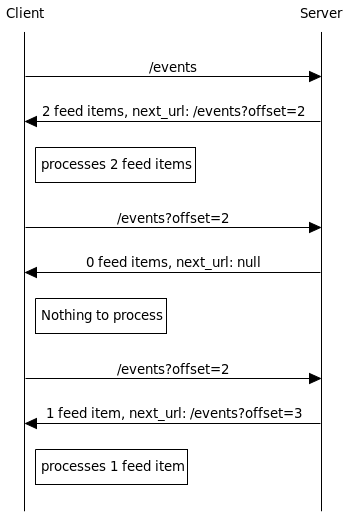Wednesday, 3 June, 2020
Java Text Blocks
Text Blocks are a JDK Enhancement Proposal (JEP 355) available as preview language feature in JDK 13 and 14. It is planned to become a permanent feature in JDK 15. A Text Block is a String literal that spans over multiple lines and avoids the need for most escape sequences.
Motivation
Embedding formats like XML, JSON or SQL in standard Java Strings can become quite annoying. For example, a simple snippet of JSON with just two keys is barely readable in Java because of required escaping:
String json =
"{\n" +
"\"name\": \"john\",\n" +
"\"age\": 42\n" +
"}";
Text Blocks for the rescue
Using the new text blocks feature, we can rewrite our code to this:
String text = """
{
"name": "john",
"age": "42"
}
""";
Text blocks are opened (and closed) using triple-quotes ("""). The text begins at the next line. After opening a text block, the rest of the line needs to stay empty.
If we print this string to the console we see:
{
"name": "john",
"age": "42"
}
As you might have been noticed, the indentation on the left side has been stripped away. That's because a text block is processed in three steps:
- Line terminators are normalized to the LF character. This avoids problems between different platforms (like windows and unix).
- Incidental leading white spaces and all trailing white spaces are removed. Incidental leading white spaces are determined by finding the common number of leading white spaces for all lines.
- Escape sequences are interpreted. Text blocks can contain the same escape sequences as standard strings (e.g. \t or \n). Note that two new escape sequences have been added: \s for an explicit space and \<eol> as continuation indicator (more on \<eol> later).
In case we explicitly need leading white spaces we can use the indent() method:
String text = """
{
"name": "john",
"age": "42"
}
""".indent(4);
This adds 4 additional leading spaces to our JSON snippet. So it looks like this:
{
"name": "john",
"age": "42"
}
Alternatively we can remove 4 leading spaces from the closing triple-quotes to produce the same result:
String text = """
{
"name": "john",
"age": "42"
}
"""; // <-- moving this 4 spaces to the left produces 4 additional leading spaces
The new \<eol> escape sequence
With the new \<eol> escape sequence we can split the content of a single line into multiple lines without creating an actual line terminator.
String text = """ 1 2 \ 3 \ 4 5 """;
Results in:
1 2 3 4 5
Escaping triple-quotes
In case we need to write triple-quotes into a text block, only the first quote need to be escaped:
String text = """ Java text blocks start with \""" """;
This produces:
Java text blocks start with """
Summary
Text blocks are a nice addition to the Java programming language. They can greatly improve the readability of embedded strings like JSON, XML or SQL by supporting multiple lines a removing the need for double quote escaping.
Recommended further reading: Text Blocks by Brian Goetz.
As always you can find all the provided examples on GitHub.
Tags: Java



